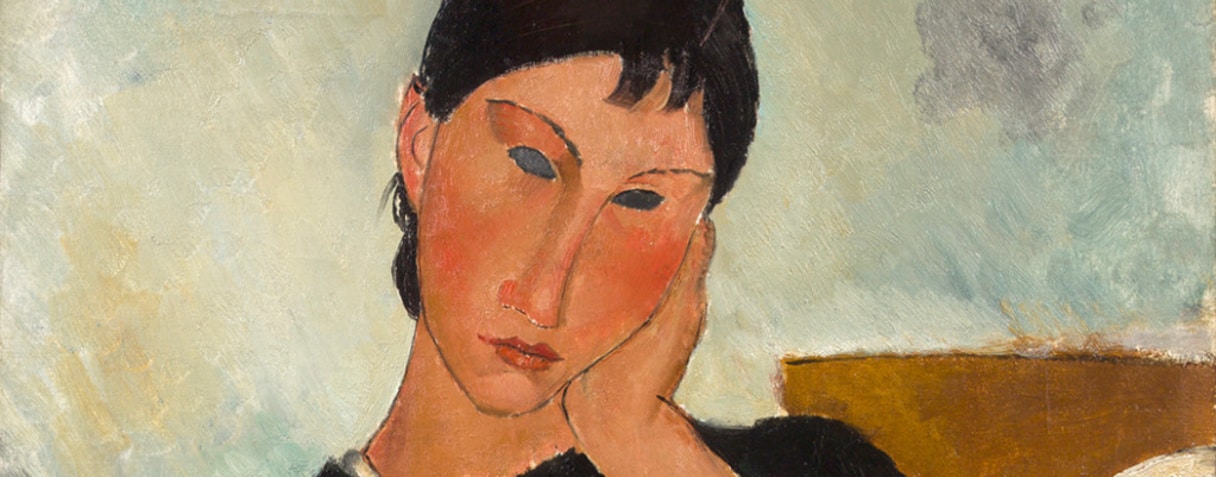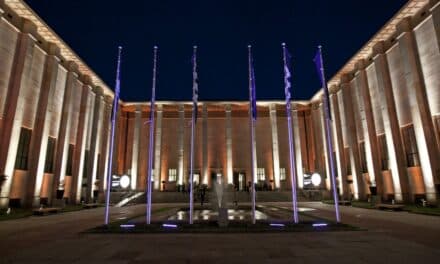Almost a century after the two men met in 1914, this exhibition aims to return to one of the most symbolic moments in Amedeo Modigliani's life, the day Paul Guillaume became his dealer. It will explore how the links between the two characters can shed light on the artist's career.
When he arrived in Paris in 1906, Modigliani, a Jewish artist of Italian origin, was a painter. His meeting with Constantin Brancusi, a sculptor of Romanian origin, in 1909 was a revelation for him: he was introduced to sculpture and devoted himself almost exclusively to it until 1914. His break with this practice was as sudden as it was complete: from 1914 until his death in 1920, he turned back to painting and created numerous paintings devoted mainly to the human figure. It is this painting practice that lies at the heart of the relationship between artist and dealer. Paul Guillaume encouraged him, rented him a studio in Montmartre and made his paintings known in Parisian artistic and literary circles. He buys, sells and collects his works.
It was through the poet Max Jacob (1876-1944) that the young gallery owner and collector Paul Guillaume discovered Modigliani in 1914. He probably then became his dealer, as we learn from the correspondence between Paul Guillaume and his mentor, the poet and art critic Guillaume Apollinaire (1880-1918), who was then at the front. In this Parisian context, Modigliani immortalized his gallerist in a series of painted and drawn portraits that are still famous today: He created no fewer than four between 1915 and 1916.
September 20, 2023 to January 15, 2024























